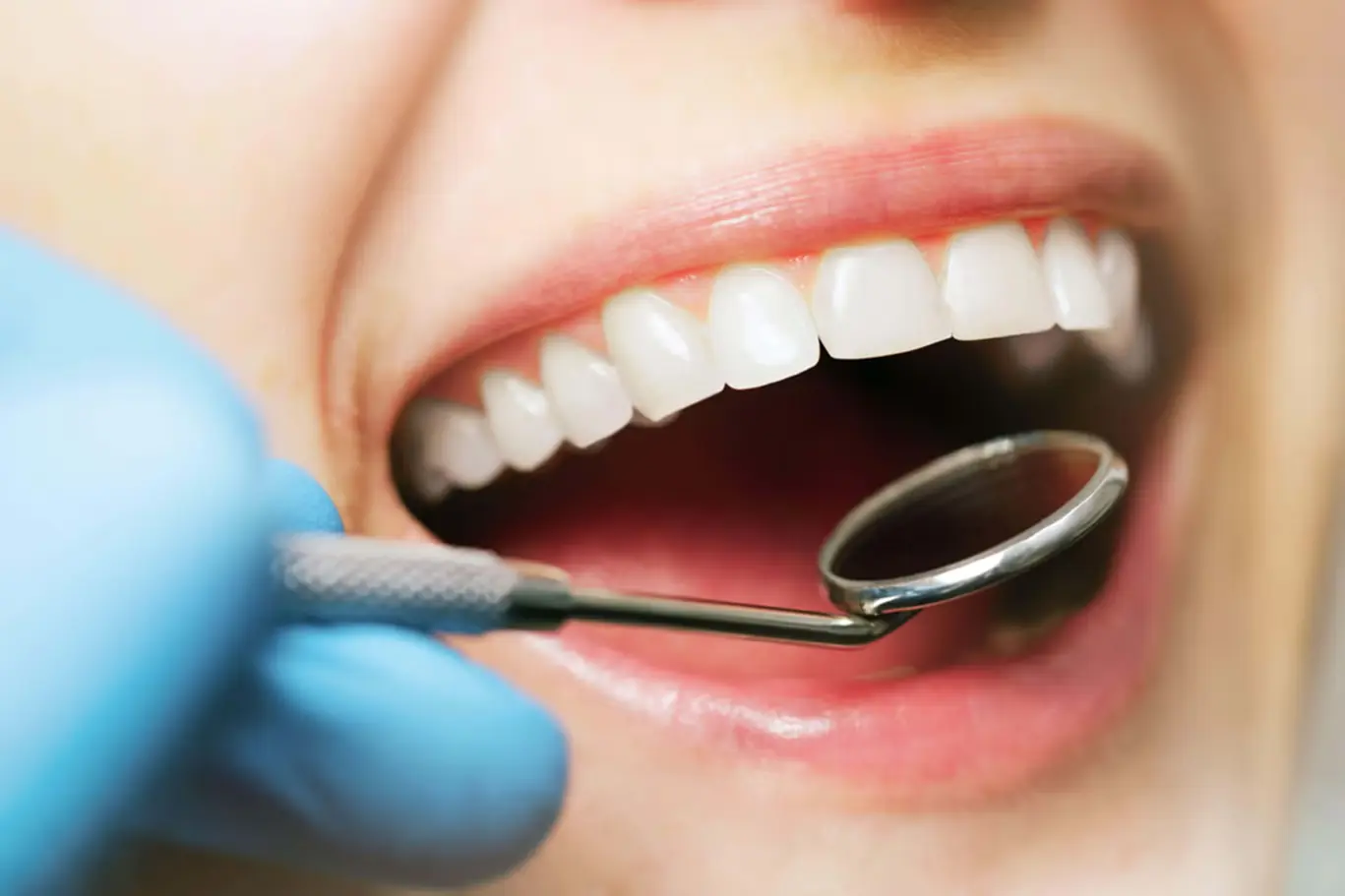
Scientists May Have Actually Found One Of The Causes Of Autism
Autism Spectrum Disorder (ASD) is a complex neurodevelopmental condition characterized by challenges in social interaction, communication, and behavior. For decades, researchers have endeavored to uncover its origins, which are believed to stem from a combination of genetic and environmental factors. Recent studies have provided compelling insights into potential causes of autism, offering hope for early detection and intervention.
Genetic Factors
Genetic research has identified numerous genes linked to ASD. A landmark study published in Cell in January 2020 analyzed over 35,000 DNA samples and pinpointed 102 genes associated with autism. This extensive analysis distinguished genes linked specifically to autism from those associated with other neurodevelopmental disorders, enhancing our understanding of the genetic underpinnings of ASD. The Washington Post+3Time+3New York Post+3
Further research has illuminated the role of specific genes in brain development. For instance, a study identified a direct link between autism and the DDX53 gene, which plays a critical role in brain development. Variants in this gene were found in children with autism, suggesting its significant role in the condition. ScienceDaily+3The Washington Post+3Knowridge Science Report+3New York Post
Environmental Factors
Environmental influences during critical periods of brain development have also been implicated in autism. A comprehensive meta-analysis published in The Lancet Diabetes & Endocrinology in April 2025 reinforced the association between maternal diabetes during pregnancy and an increased risk of neurodevelopmental disorders, including autism, in children. The study analyzed data from over 56 million mother-child pairs and found that children born to mothers with diabetes had a 25% higher risk of developing autism. Reuters+1The Sun+1
Additionally, exposure to certain environmental chemicals has been linked to autism risk. A decade-long study by the Florey Institute in Australia established a connection between prenatal exposure to bisphenol A (BPA), a chemical found in plastics, and an increased risk of autism spectrum disorder in boys. The study found that boys born to mothers with higher BPA levels during late pregnancy were significantly more likely to exhibit autism symptoms by age two and be diagnosed with autism by age eleven. The Australian
Complex Interactions
The interplay between genetic predisposition and environmental factors adds complexity to understanding autism's origins. For example, a study by Yale researchers identified specific cell types and brain regions affected by gene mutations linked to autism, suggesting that targeted treatments may be possible. Yale School of Medicine
Conclusion
While significant progress has been made in identifying potential causes of autism, the condition's multifaceted nature necessitates ongoing research. Understanding the intricate interactions between genetic and environmental factors is crucial for developing effective prevention strategies, early diagnostic tools, and personalized interventions to support individuals with autism.
News in the same category


World-first sperm race is happening soon and the creators have revealed how it will work

Scientists Grow First Fully Formed Tooth In Lab — A Groundbreaking Breakthrough

New COVID Wave Surges — Health Officials Sound Alarm As Cases Double

10 Things That Men May Find Unattractive About Women Over 50

8 Signs You Might Be Affected by Lactose Intolerance

Understanding Diabetes: Types, Symptoms, Risks, and How to Manage It

Doctors Highlight A Rare Cancer Symptom That Can Appear On Your Toenails

Stroke Warning Signs: When Your Body Sends a Silent SOS

Understanding Cholesterol: The Good, the Bad, and How to Keep It in Check

Only 1 Cup a Day: Choose 1 of These 3 Drinks to CLEANSE Your Fatty Liver!

SHOCKING Tips to Lower Cholesterol! Foods You Need to Know!

7 Kinds of Pain That Shouldn't Be Ignored

Natural Nighttime Elixir: Reduce Belly Fat in Four Days Safely

10 Reasons You’re Drooling While You Sleep and What It Could Mean

Scientists Successfully Grow Human Teeth in Lab — A Breakthrough in Dental Regeneration

The 4 Dangerous Qualities of “Dark Empaths”

7 SHOCKING Benefits of Cayenne Pepper You Never Knew!

What Is Brain Fog? Scientists Are Finally Starting to Find Out

70-Year-Old Woman Who Used Her Deceased Son's Sperm to Have His Child Through Surrogacy Shares Update After Birth
News Post

Doctors make disturbing discovery in the brains of heavy alcohol drinkers that 'can cause long-term effects'

World-first sperm race is happening soon and the creators have revealed how it will work

Scientists Grow First Fully Formed Tooth In Lab — A Groundbreaking Breakthrough

New COVID Wave Surges — Health Officials Sound Alarm As Cases Double

10 Things That Men May Find Unattractive About Women Over 50

8 Signs You Might Be Affected by Lactose Intolerance

Understanding Diabetes: Types, Symptoms, Risks, and How to Manage It

Doctors Highlight A Rare Cancer Symptom That Can Appear On Your Toenails

Stroke Warning Signs: When Your Body Sends a Silent SOS

Understanding Cholesterol: The Good, the Bad, and How to Keep It in Check

Only 1 Cup a Day: Choose 1 of These 3 Drinks to CLEANSE Your Fatty Liver!

SHOCKING Tips to Lower Cholesterol! Foods You Need to Know!

Mix Baking Soda and Cloves to Save Tons of Money – You Won't Believe the Results!

The #1 Anti-Cancer Food You Should Be Eating

7 Kinds of Pain That Shouldn't Be Ignored

Natural Nighttime Elixir: Reduce Belly Fat in Four Days Safely

Harry Potter star told he may 'never walk or talk' again after shocking diagnosis

10 Reasons You’re Drooling While You Sleep and What It Could Mean

Scientists Successfully Grow Human Teeth in Lab — A Breakthrough in Dental Regeneration
